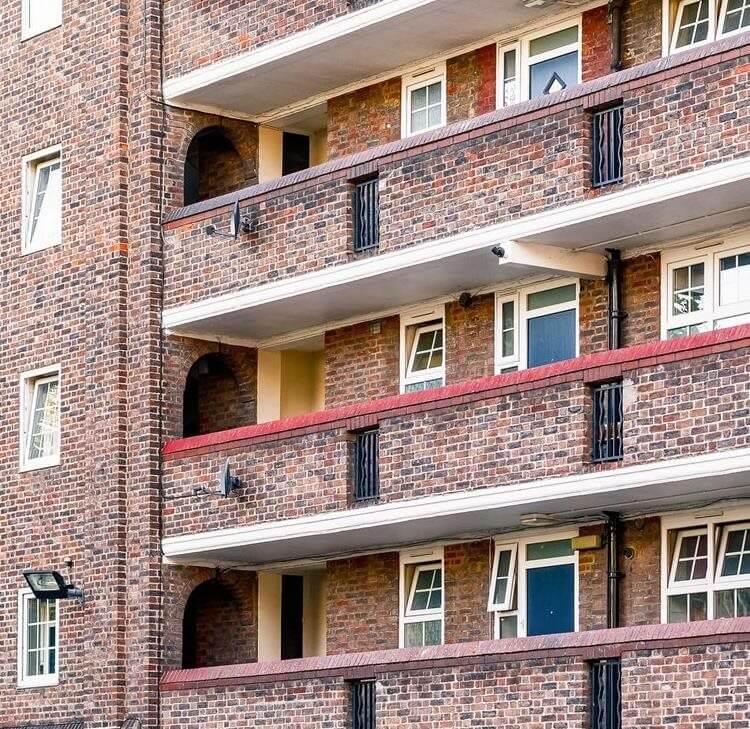Environmental Protection Act 1990 claims - the next big thing for claimant solicitors?
Over the last few years, our local authority and housing association clients have reported a significant increase in the number of claims received, usually from one of a specific group of claimant solicitors acting on behalf of tenants alleging a breach of their landlord’s repairing obligations.
For many registered providers, disrepair claims have become an increasingly common occurrence. Over the last few years, our local authority and housing association clients have reported a significant increase in the number of claims received, usually from one of a specific group of claimant solicitors acting on behalf of tenants alleging a breach of their landlord’s repairing obligations.
Our intelligence suggests that these firms use a business model similar to that for personal injury claims, with a focus on recovering damages and costs, rather than ensuring property repairs are completed. We have seen aggressive marketing campaigns including via social media, door knocking and flyers, even targeting specific registered providers.
With an increased focus on ensuring repairs are completed quickly following receipt of notice of a repair need, improved record keeping and a robust approach to defending allegations, registered providers can reduce their susceptibility to these claims. The extension of the fixed recoverable costs regime is also likely to see claimant firms select those cases they pursue more carefully. However, these factors may also encourage claimant firms to diversify and one such area where we are beginning to see this is in respect of claims for statutory nuisance brought under the Environmental Protection Act 1990. This represents a significant challenge for registered providers.
EPA Claims
Traditionally EPA claims in respect of statutory nuisance were made by local authorities against occupiers, however claimant solicitors are increasingly pursuing this avenue on behalf of tenants by suggesting that the condition of their home constitutes a statutory nuisance. S.82 of the EPA 1990 provides a remedy for a person who is suffering a statutory nuisance (for these purposes, the tenant) to apply to the magistrates court for an order requiring those responsible for that nuisance (alleged to be the landlord) to abate or prevent it. To commence an action, the tenant has to provide notice specifying the nuisance complained of and give the landlord 21 days to abate it before they can apply to the Magistrates Court. If the nuisance is not abated, the tenant can then apply to the Magistrates Court which issues a summons to the landlord to attend Court. At the hearing, if the Court is satisfied that the nuisance exists, or has been abated but is likely to recur, it can make the following orders:
- require the landlord to abate the nuisance within a specified time and to carry out any necessary works, or prohibit a recurrence of the nuisance and to carry out any necessary works to do so;
- impose a fine;
- prohibit the use of premises for human habitation if they believe the statutory nuisance makes the premises unfit until works are carried out to remedy the issue;
- make an order for compensation; and
- award costs.
If a landlord breaches an abatement order, they are guilty of a criminal offence and the consequences of that can be significant. On conviction an unlimited fine can be imposed and an ongoing fine for each day the nuisance continues after the conviction.
We’ve received an EPA notice – what do we do?
A common mistake is to treat an EPA notice like a letter of claim for disrepair served under the Pre-action Protocol for Housing Conditions Claims. With disrepair claims, the Protocol allows 20 working days from receipt of the letter of claim for a response to the allegations. The timeframe for practical steps to be taken under an EPA claim are much shorter – 21 calendar days to abate the nuisance. It is therefore imperative that the allegations are investigated and, if the alleged nuisance is found to exist and to be the responsibility of the registered provider, works are undertaken to abate the nuisance within the 21 day period. It is a requirement for the tenant to demonstrate that the nuisance exists at the time the complaint is made to the Magistrates Court and therefore if works are completed, an action cannot continue to be pursued under the EPA.
Defences are available
If a registered provider has been unable to abate the nuisance and the tenant has applied for a summons, it may be possible to defend the proceedings if it is considered that
- the issue complained of does not amount to a nuisance or is not prejudicial to health;
- the notice provided by the tenant was defective or insufficient to identify the alleged nuisance and respond; or
- the notice was served on the wrong person/it has not been possible to determine the person responsible for the nuisance (for example if access for inspection is denied).
The availability of a defence will of course turn upon the facts of the individual case. When dealing with an EPA claim, the more time you have, the more options will be available. Therefore appreciating when you have received an EPA notice and dealing with it promptly and appropriately is absolutely key.
To find out more, or for assistance in dealing with EPA claims, please contact us.









































